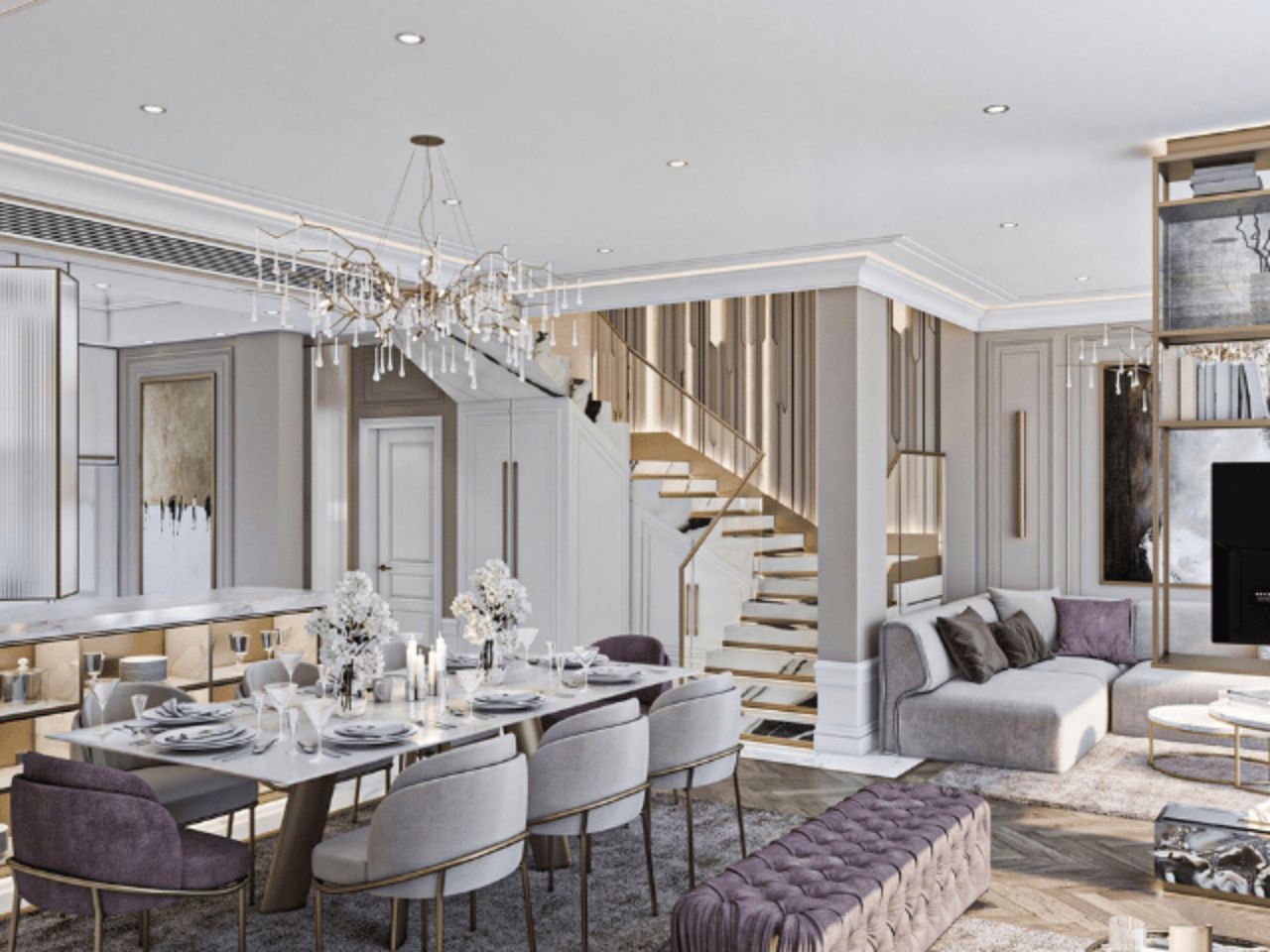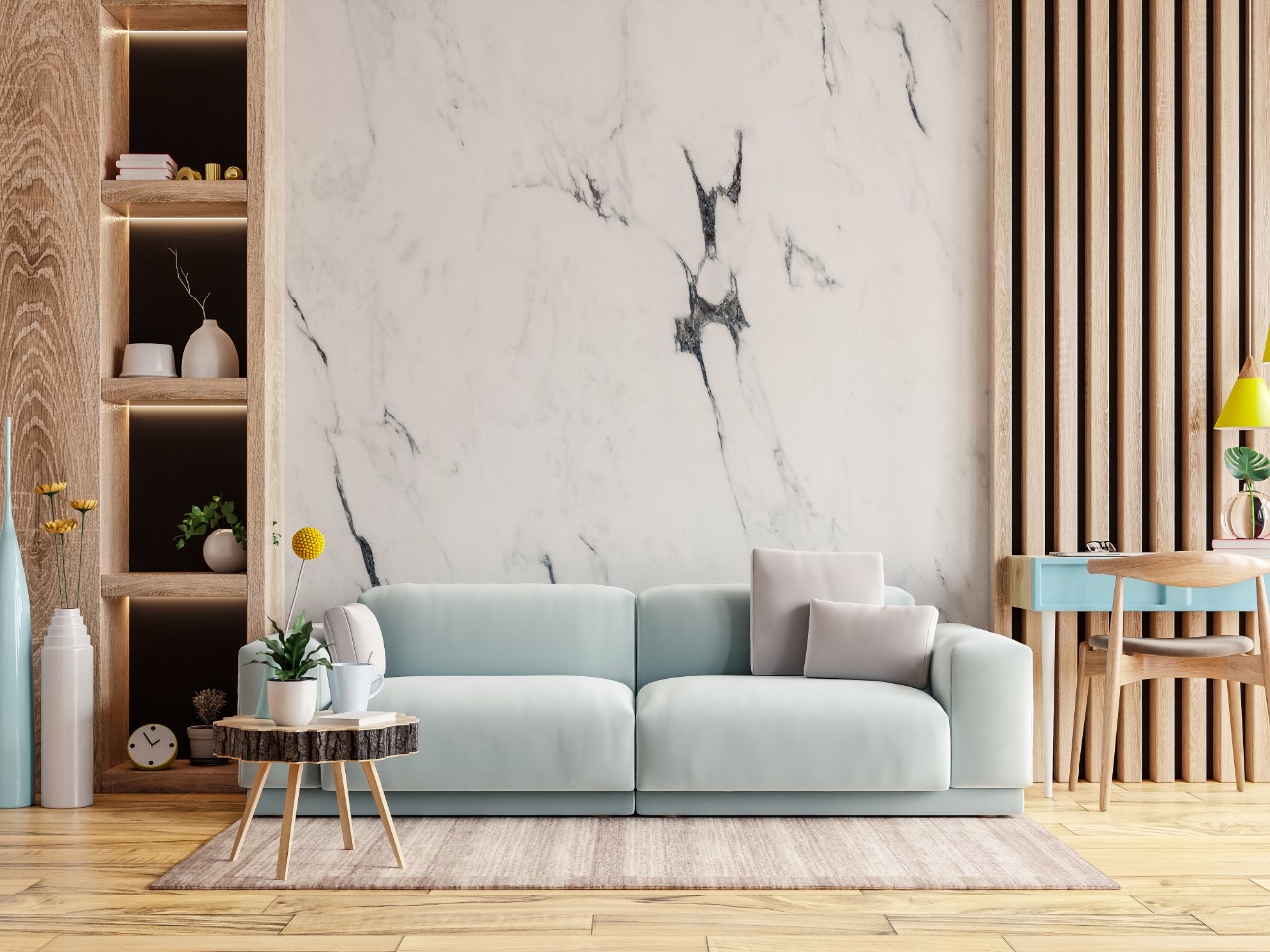
The Material Nature of Calm
In architecture and interior design, calm is a spatial virtue commonly misread as emptiness. In reality, it is worked on—by proportion, texture, light, and, most intimately, by material. Of the surfaces in the designer's palette, natural stone possesses a singular ability to anchor space and decelerate perception.
Marble City's carefully edited selection of natural marble and engineered sintered stone allows designers to construct rooms not only to occupy, but to sense.
Stone as a Sensory Medium
Tactility and Tone
Stone is not merely viewed, it's touched, traversed, leaned against. Its texture, finish, and temperature all work to create the atmosphere of an environment.
Key traits:
1. Honed finishes reduce visual contrast and have a matte feel to the sense of touch 2. Polished surfaces reflect more light and suggest subtle luxury 3. Flamed or brushed textures add raw, earthy elements In serene rooms such as reading areas, private lobbies, or spa interiors, gentle finishes provide restraint and calmness.
Acoustics and Solidity
The mass of stone inherently damps ambient sound—critical in wellness rooms, offices, or home bedrooms. Where stones absorb, they firmly anchor.
1. Dampens echo and improves acoustic definition
2. Provides physical and psychological solidity to space
3. Becomes part of calm interiors
4. Flooring as Foundation
The installation of continuous stone flooring, particularly in warm greys, creams, or muted beige—creates a smooth visual foundation for the room. Natural marble or sintered stone large-format slabs minimize grout lines, further contributing to calm.
1. Large-scale layout = less visual noise
2. Stone underfoot contributes material permanence
Walls that Hold Quiet
Stone wall cladding can be both a tactile background and visual anchor. Veined marbles produce the impression of slow movement, while even tones introduce balance to dramatic furnishings or artwork.
1. Employ marble feature walls in lounges or hallways
2. Choose muted sintered panels in bedrooms or wellness areas
Harmonising Light and Stone
Natural stone responds beautifully to light. Backlit onyx adds depth by ambient means, while matte marble diffuses indirect light softly. 1. Select surfaces according to room direction 2. North light is best matched with cooler marbles; warmer hues for west-facing spaces
Quiet Luxury, Built to Last
Silence does not equal weakness. Both sintered and natural marble are durable, long-lasting, and can develop character over time.
1. Sintered surfaces are resistant to stains and scratches in busy spaces
2. Natural marble develops character if looked after with intention
3. Both materials favor low-maintenance, long-lifecycle design techniques
Cultural Cues and Emotional Resonance
Marble has a rich history of use in sacred and civic building—temples, libraries, courts. Now, it still imbues modern spaces with a sense of purpose and dignity.
1. White marble inspires clarity and tranquility
2. Earthy-toned stones tie indoors to outdoors
3. Strong veining can be used as spatial narrative
By designing with stone, designers don't merely form surfaces—they curate emotional environments.







LET'S GET IN TOUCH